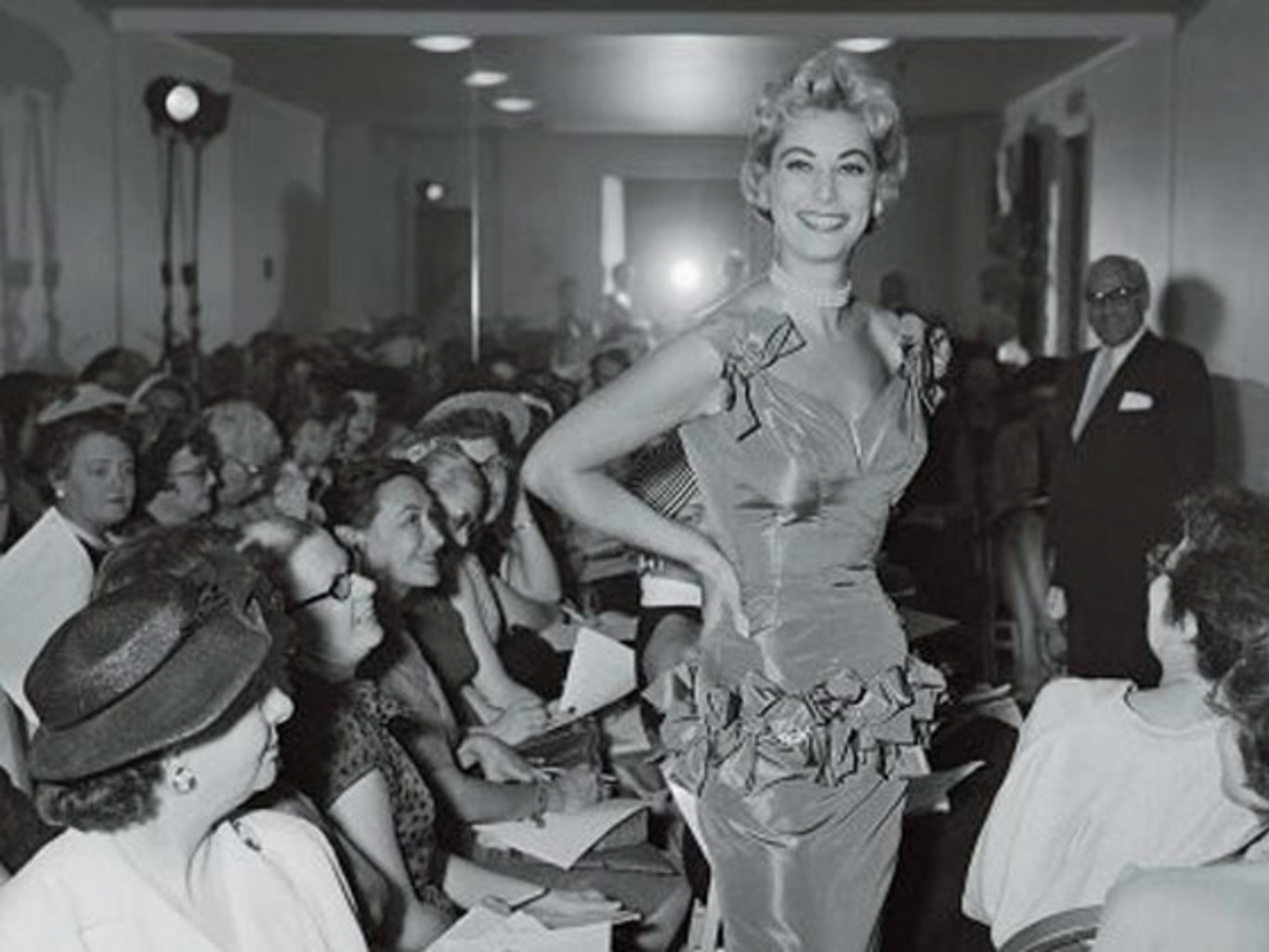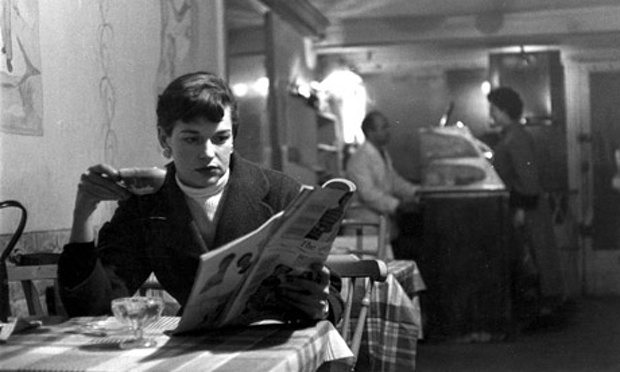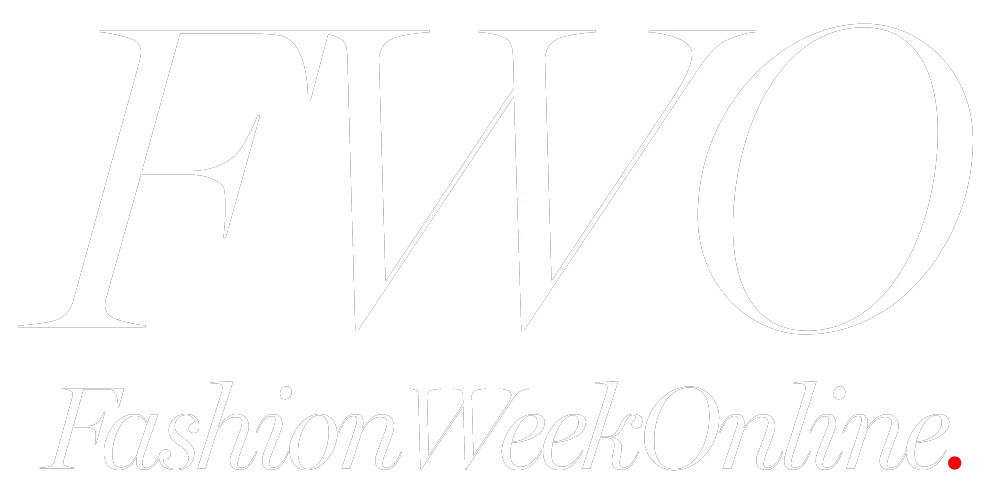The Complete History of Fashion Week: Origins, Evolution, and Impact
Last Updated: April 1, 2025
See an error? Send story corrections here.
Discover the fascinating history behind the world’s most influential fashion weeks, from their humble beginnings to becoming the global cultural phenomena they are today. Fashion Week Online® has been the premier digital destination for fashion week coverage since 2012, providing insider access to the runway events that shape the fashion industry.
Elevate Your Fashion Week Experience
While this guide provides essential insider knowledge for navigating NYFW, fashion enthusiasts and industry professionals can unlock additional benefits with Fashion Week Online’s VIP membership program.
VIP Fashion Week Access Pass
Your exclusive gateway to Fashion Week events in NYC, Paris, Milan, London & beyond
✓
✓
✓
✓

Understanding Fashion Week History
When exploring the origins of fashion week, there are three distinct ways to define when each city’s fashion week officially began:
- When fashion shows naturally clustered around specific seasons
- When the term “fashion week” was formally adopted
- When organizing bodies established official oversight
Each fashion capital has its own unique timeline and development path. This comprehensive guide explores the history of each major fashion week, with factual accuracy based on extensive research.
We welcome your feedback and contributions to this evolving historical record.
New York Fashion Week (Est. 1943)
America’s fashion show tradition dates back to 1903, when Ehrich Brothers, a New York City specialty store, organized what historians consider the country’s first fashion show. By the 1920s, fashion shows had become common events at department stores and hotels throughout New York City.
“In 1903, a New York City specialty store held what was likely the USA’s first fashion show.”
The pivotal moment came in 1943, when renowned fashion publicist Eleanor Lambert strategically consolidated these shows into a designated timeframe called “Fashion Press Week” or simply “Press Week.” This initiative was designed to highlight American fashion during the German occupation of France, when American buyers and press couldn’t travel to Paris for fashion inspiration.
 Historical note: Some vintage publications like the Indian Valley Register from February 1951 refer to the “16th Annual Press Week,” which would suggest a 1935 start date. However, historians believe this discrepancy stems from mixing “annual” with “seasonal” shows (spring/fall), confirming 1943 as the actual beginning.
Historical note: Some vintage publications like the Indian Valley Register from February 1951 refer to the “16th Annual Press Week,” which would suggest a 1935 start date. However, historians believe this discrepancy stems from mixing “annual” with “seasonal” shows (spring/fall), confirming 1943 as the actual beginning.
“In 1943, New York shows were clustered together to boost American fashion during the occupation of France.”
NYFW’s Evolution: From Press Week to Fashion Capital
While Lambert’s Press Week consolidated the timing of New York’s fashion shows, they remained scattered across various venues throughout the city for decades. It wasn’t until 1993 that the shows were finally brought together in a single location, under the direction of Fern Mallis, then Executive Director of the Council of Fashion Designers of America (CFDA). These centralized events weren’t yet branded as “New York Fashion Week” but were called “7th on Sixth,” named after the CFDA’s event management company.
“In 1993, the events were first brought together in one location as ‘7th on Sixth.'”
The CFDA sold “7th on Sixth” to IMG in 2001, initiating a series of title sponsorships. From 2004-2007, the events were known as “Olympus Fashion Week,” followed by “Mercedes-Benz Fashion Week” when the automotive brand took over sponsorship.
“NY’s events have held various names including ‘Olympus Fashion Week’ and ‘Mercedes-Benz Fashion Week New York.'”
Today, IMG’s official shows are marketed as “New York Fashion Week: The Shows,” representing approximately one-third of the total New York Fashion Week schedule. The remainder consists of independent shows and presentations by various designers and production companies.
“Today’s IMG shows comprise nearly 1/3 of the total New York Fashion Week schedule.”
NYFW Timeline: Key Historical Milestones
- 1943: Seasonally clustered shows organized under the New York Dress Institute
- 1990s: Events begin to be collectively referred to as “New York Fashion Week,” following London’s example
- 1993: Organizationally consolidated by the CFDA as “7th on Sixth”
NYFW Today
Contemporary New York Fashion Week consists of shows clustered seasonally but produced by a variety of organizers and production companies. The landscape is diverse, with established and emerging designers showcasing their collections across Manhattan and Brooklyn venues.
For the latest NYFW ticket information with exclusive discounts, visit our dedicated page.
London Fashion Week (Est. 1984)
London holds the distinction of being the first English-speaking fashion capital to formally adopt the term “Fashion Week” for its seasonal shows, beginning in 1984. This branding decision would later influence how other fashion capitals labeled their events.
The British Fashion Council (BFC) organized the inaugural London Fashion Week and continues to oversee the official calendar today, maintaining consistency in leadership throughout its history.
London Fashion Week has often been at the forefront of innovation, becoming the first major fashion week to stream its runway shows live to a global audience in Spring 2010, democratizing access to fashion events that were previously exclusive to industry insiders.
LFW Timeline: Key Historical Milestones
- 1984: Seasonally clustered by the British Fashion Council
- 1984: First use of the term “London Fashion Week”
- 1984: Organizational oversight established by the British Fashion Council
- 2010: First major fashion week to offer global livestreaming
LFW Today
London Fashion Week remains primarily organized by the British Fashion Council, maintaining a centralized approach to its event calendar. The event is known for showcasing avant-garde designers and pushing creative boundaries while supporting emerging British talent.
For the latest LFW schedule and ticket information with exclusive discounts, visit our dedicated pages.
Milan Fashion Week (Est. 1958)
Milan’s fashion week (“settimana della moda” in Italian) has a complex organizational structure that has evolved over time. The National Chamber for Italian Fashion (Camera Nazionale della Moda Italiana), founded in 1958, established Italy’s fashion show calendar and has been instrumental in solidifying Milan’s position as a global fashion capital.
Unlike some other fashion capitals, Milan’s fashion ecosystem includes some of the industry’s most prestigious houses operating independently from the main organizing body. Major luxury brands like Dolce & Gabbana and Gucci often show outside the official Camera Moda calendar while remaining integral to Milan Fashion Week’s international appeal.
MFW Timeline: Key Historical Milestones
- 1958: Seasonally clustered shows established by Camera Moda
- 1958: Organizational oversight established by Camera Moda
MFW Today
Contemporary Milan Fashion Week features a dynamic mix of shows under the Camera Moda umbrella, alongside independent presentations by major Italian luxury houses. This dual structure creates a diverse runway calendar that showcases both established designers and emerging Italian talent.
For the latest MFW schedule and ticket information with exclusive discounts, visit our dedicated pages.
Paris Fashion Week (Est. 1945)
Paris stands unique among fashion capitals for hosting two distinct types of fashion weeks: Haute Couture and Prêt-à-Porter (ready-to-wear), in addition to separate men’s fashion events. This structure reflects Paris’s historical position as the birthplace of haute couture and its ongoing influence in defining luxury fashion.
 Katherine Whitehorn, who covered Paris fashion shows in the 1950s as editor for The Observer
Katherine Whitehorn, who covered Paris fashion shows in the 1950s as editor for The Observer
Haute couture shows have been a fixture in Paris since at least 1945, when the Chambre Syndicale de la Haute Couture established formal requirements for couture houses. These regulations included presenting collections with a minimum of 35 runway looks, encompassing both daytime and evening wear, to the press.
The more structured “semaine de la mode” that resembles today’s Paris Fashion Week was organized by the French Fashion Federation (Fédération Française de la Couture) in 1973, with inaugural events held at the historic Versailles Palace.
Paris Fashion Week Governance
Today, the Fédération de la Haute Couture et de la Mode (FHCM) oversees the official Paris Fashion Week calendar and manages accreditation for the events. It’s important to note that Paris Fashion Week® is a registered trademark owned by the FHCM.
While numerous independent fashion events take place during the same timeframe as the official Paris Fashion Week, these are not legally part of the FHCM’s official calendar. These shows can only be described as occurring during Paris Fashion Week, rather than being part of the official event.
PFW Timeline: Key Historical Milestones
- 1945: Seasonally clustered by the Chambre Syndicale de la Haute Couture
- 1973: Organizationally consolidated by the French Fashion Federation
PFW Today
The contemporary Paris Fashion Week landscape consists of official FHCM-sanctioned events alongside independent shows that coincide with the official calendar. This creates a vibrant fashion ecosystem that draws industry professionals and enthusiasts from around the world.
For the latest Paris Fashion Week schedule and ticket information with exclusive discounts, visit our dedicated pages.
Explore our specialized guides to Paris Haute Couture and Paris Men’s Fashion Week for deeper insights into these unique events.
Fashion Week’s Global Impact and Evolution
This overview provides context for understanding how the “Big Four” fashion weeks developed into the influential global events they are today. From their humble beginnings as industry trade shows to becoming cultural phenomena that shape global trends, fashion weeks continue to evolve in response to changing consumer behaviors, technological innovations, and industry needs.
Note: This article represents our most accurate understanding of fashion week history based on extensive research. We welcome corrections, additions, or historical insights to further enhance this resource.
Related Resources
When is Fashion Week? | Fashion Week Calendar | Fashion Week Dates | How to Attend Fashion Week
With love,
Fashion Week Online®




